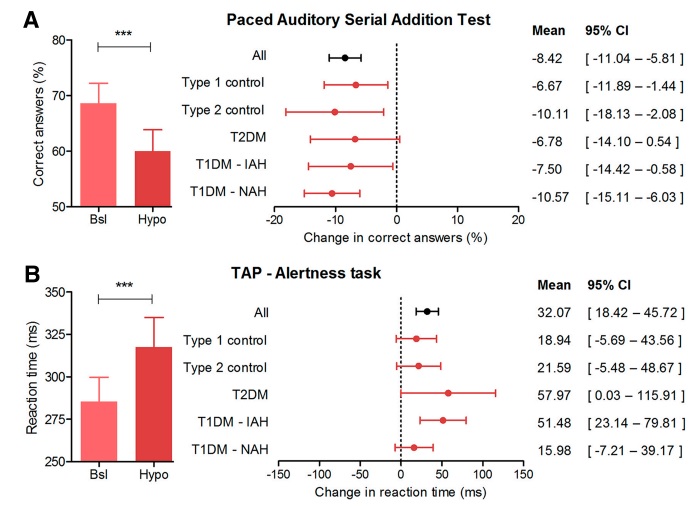
This Mendelian randomization study provides evidence that genetically predicted walking may reduced the risk of Alzheimer’s disease. 

- Genetically predicted higher levels of walking were found to decrease the risk of AD.
- Interestingly, the study failed to find any associations between genetically predicted overall activity, sedentary behavior, and moderate-intensity activity with AD.
Using a two-sample mendelian randomization analysis to explore the relationship between physical activity and Alzheimer’s disease (open access)
doi.org/10.1038/s41598…
#aging #Alzheimers #AlzheimersDisease #exercise #muscle #strength #lift #cardio #hiit
doi.org/10.1038/s41598…
#aging #Alzheimers #AlzheimersDisease #exercise #muscle #strength #lift #cardio #hiit
• • •
Missing some Tweet in this thread? You can try to
force a refresh








